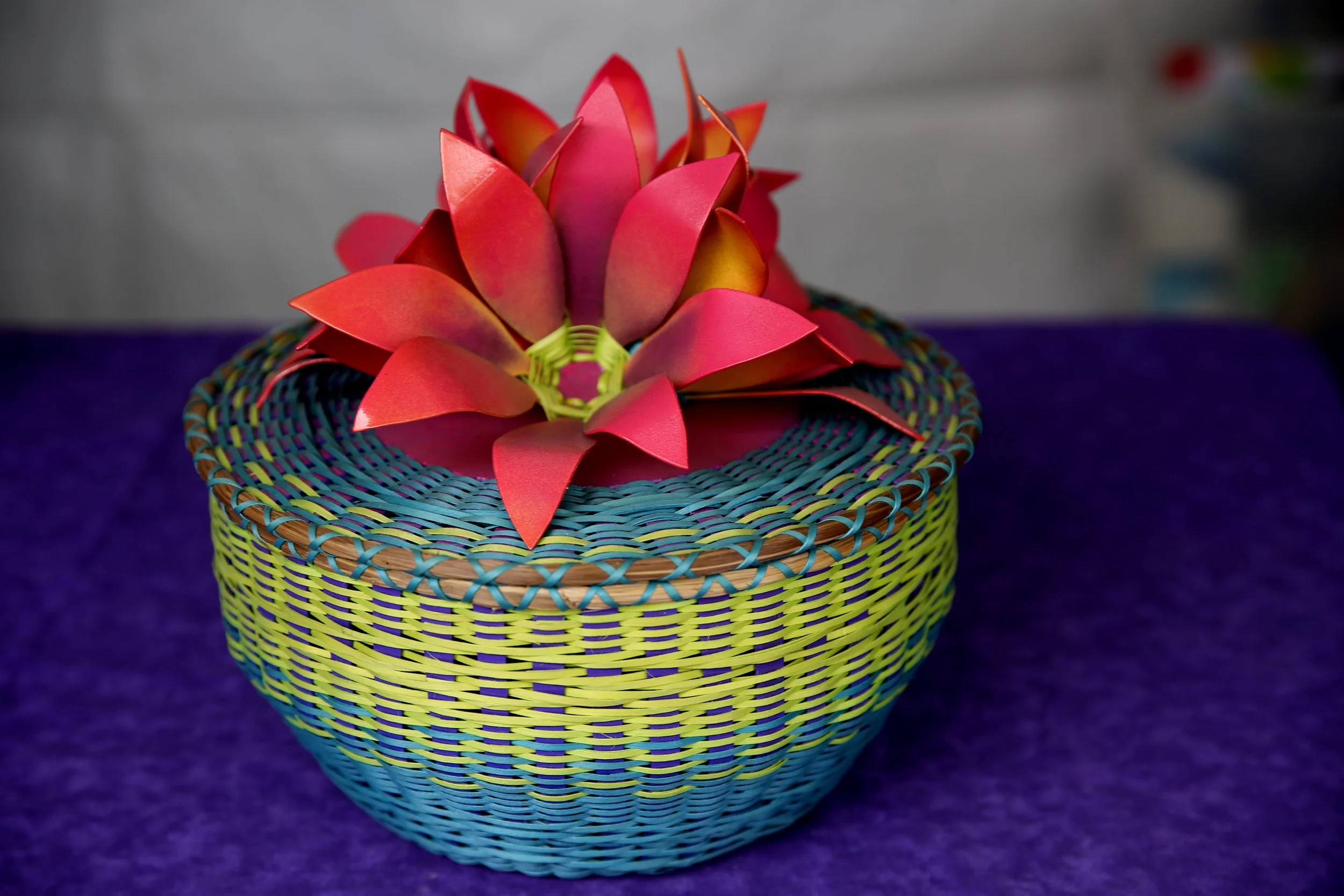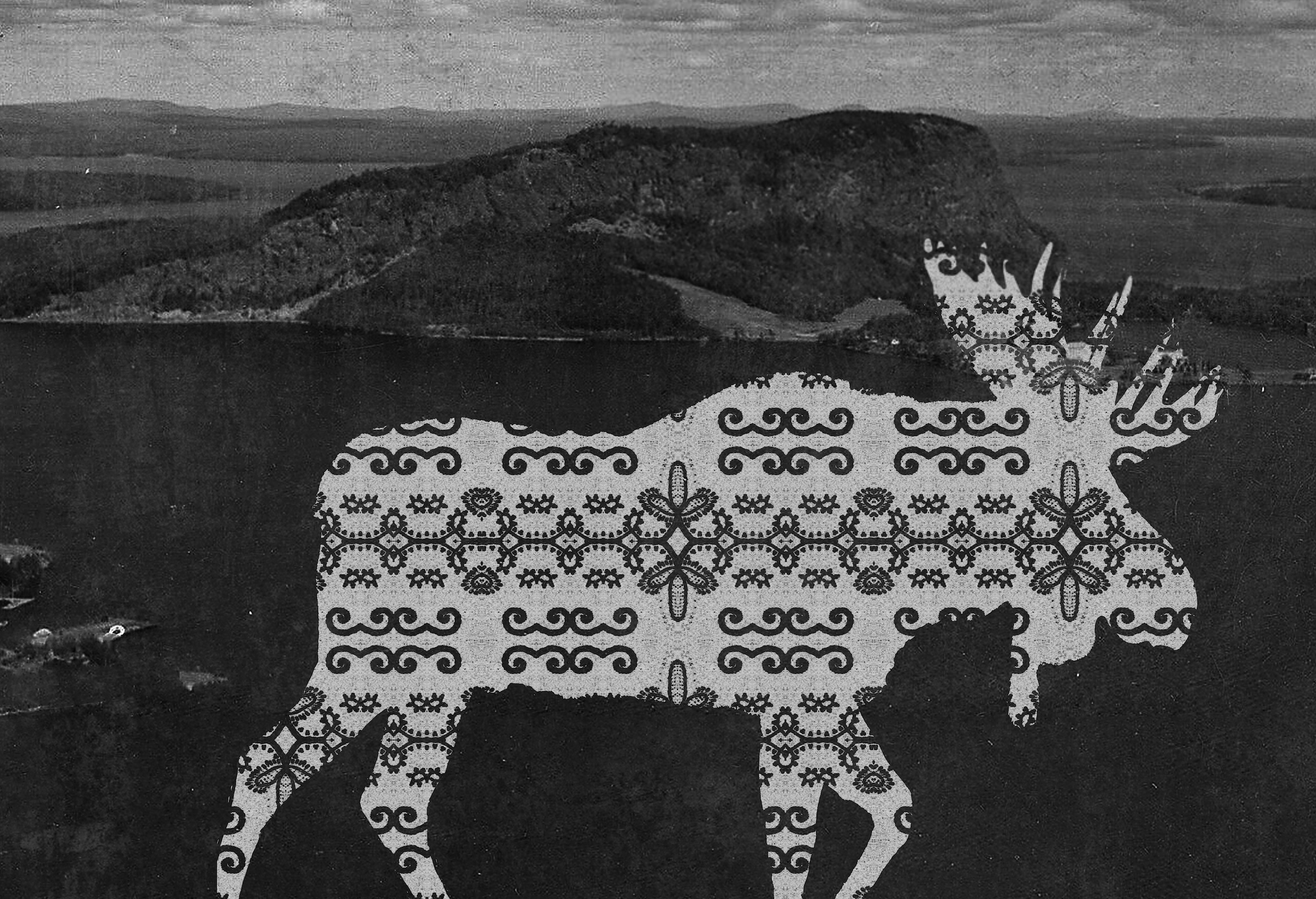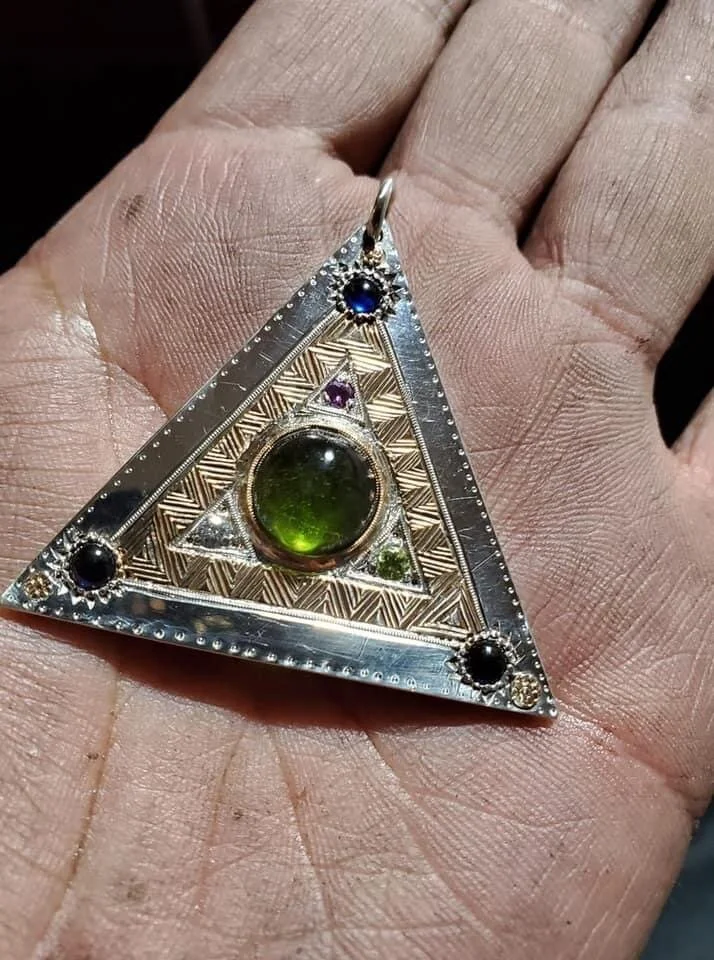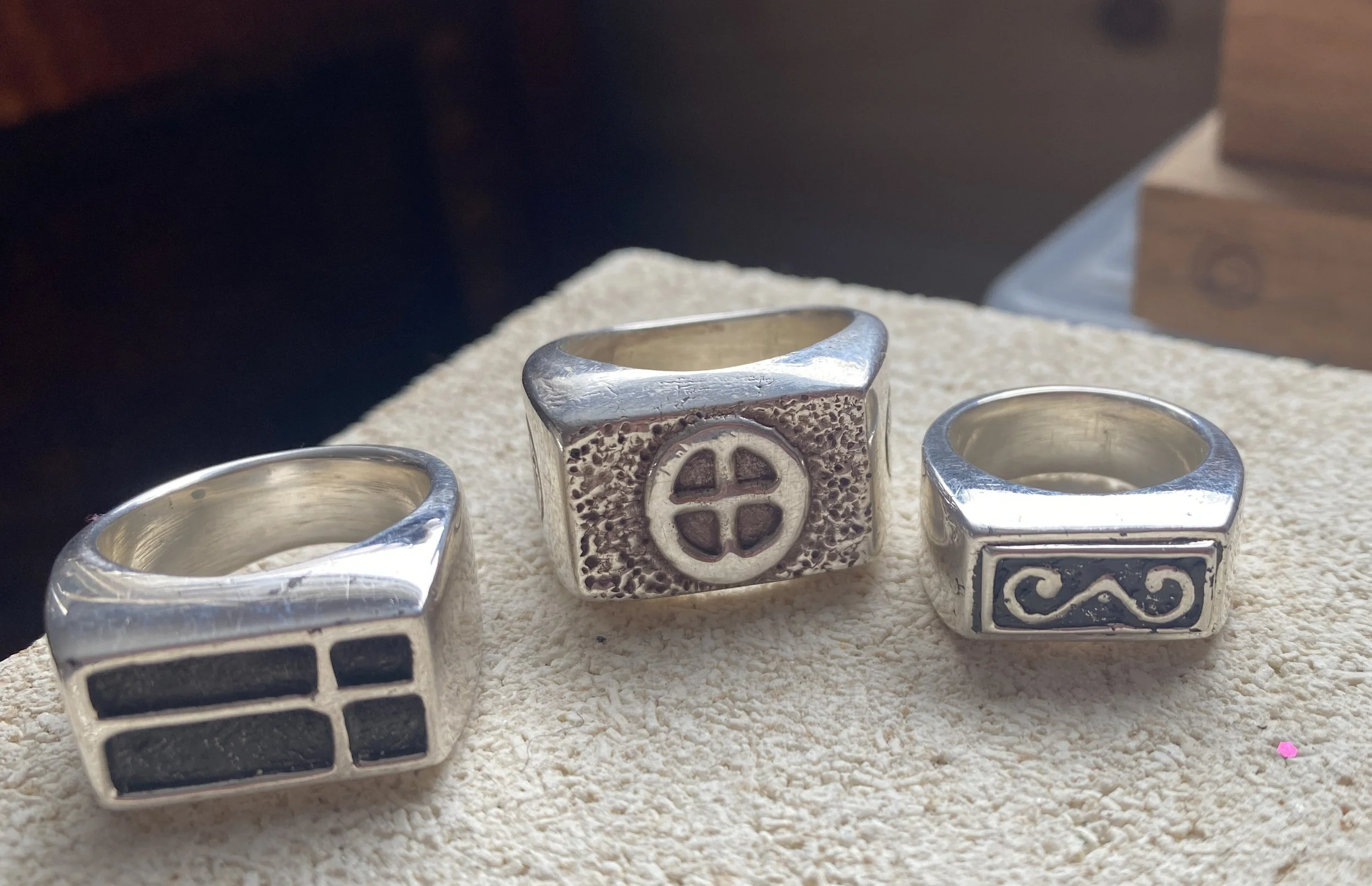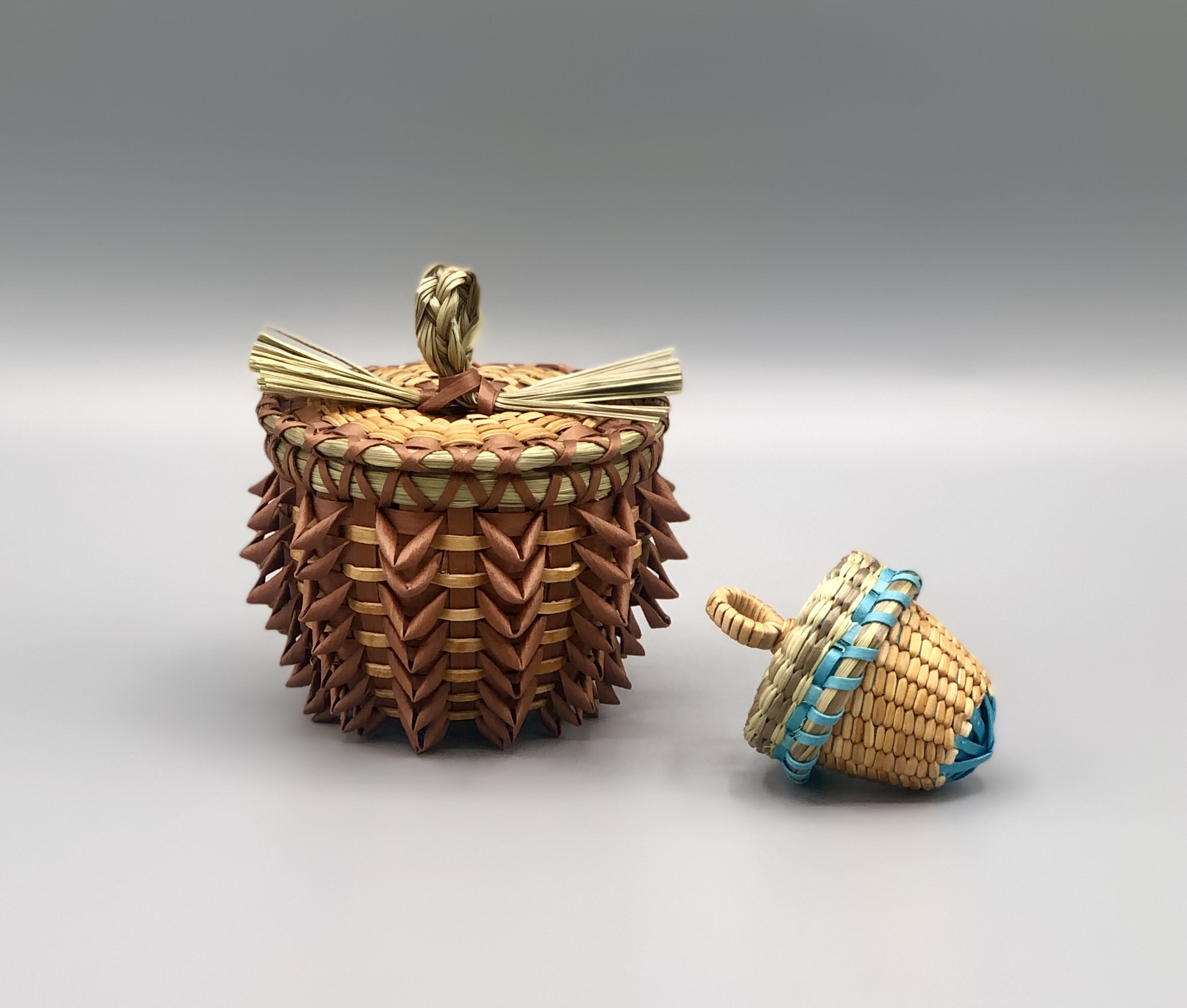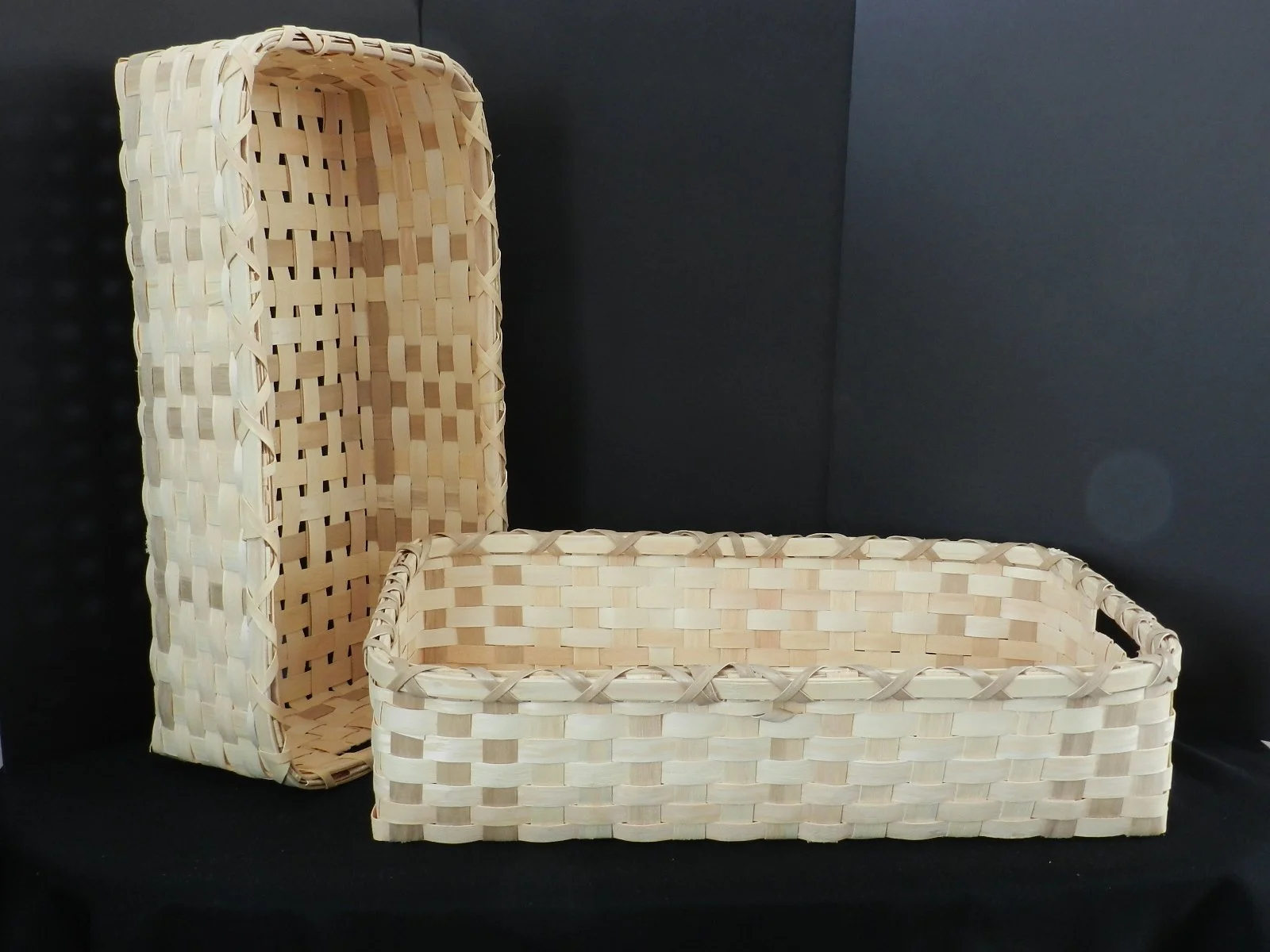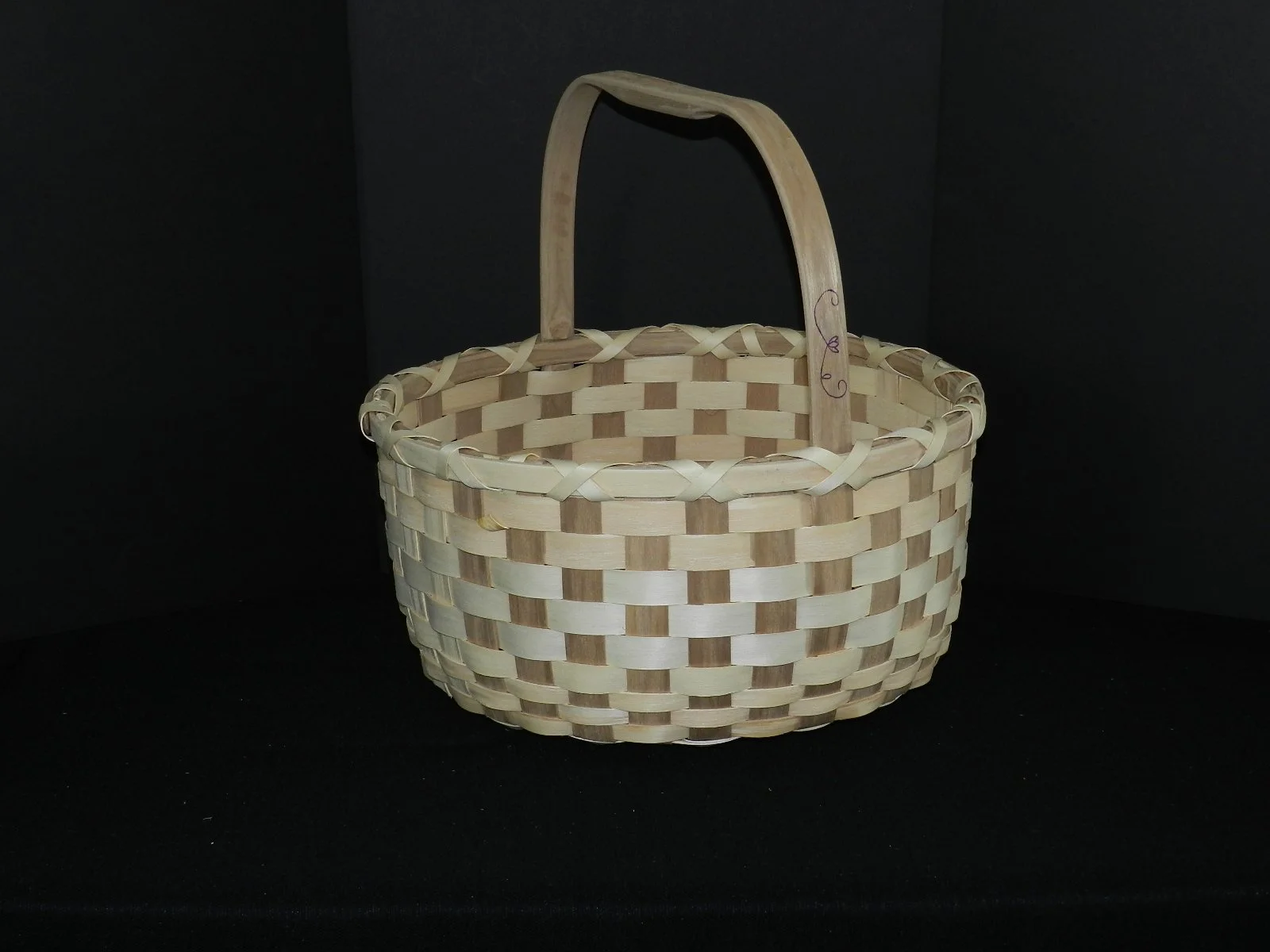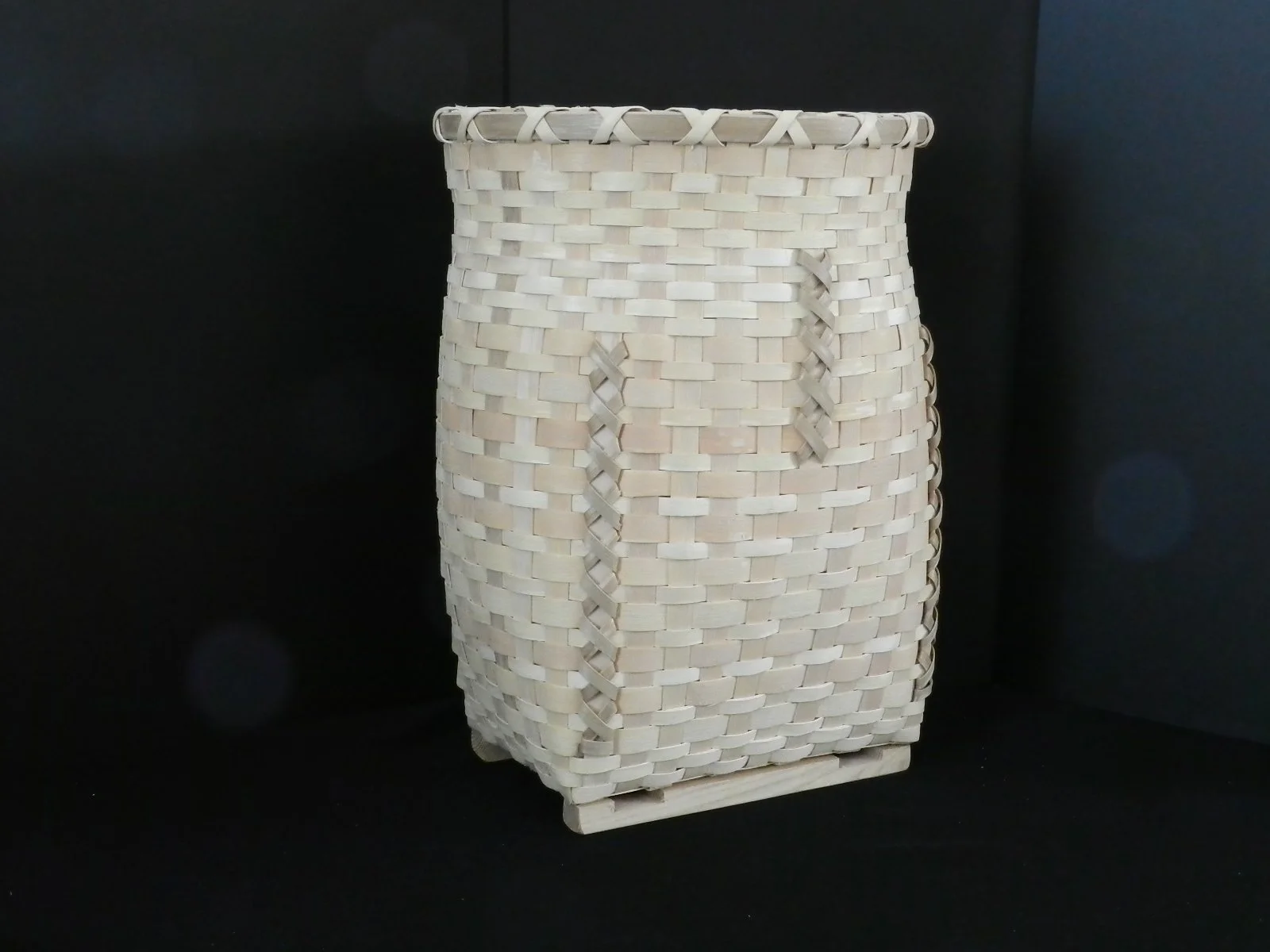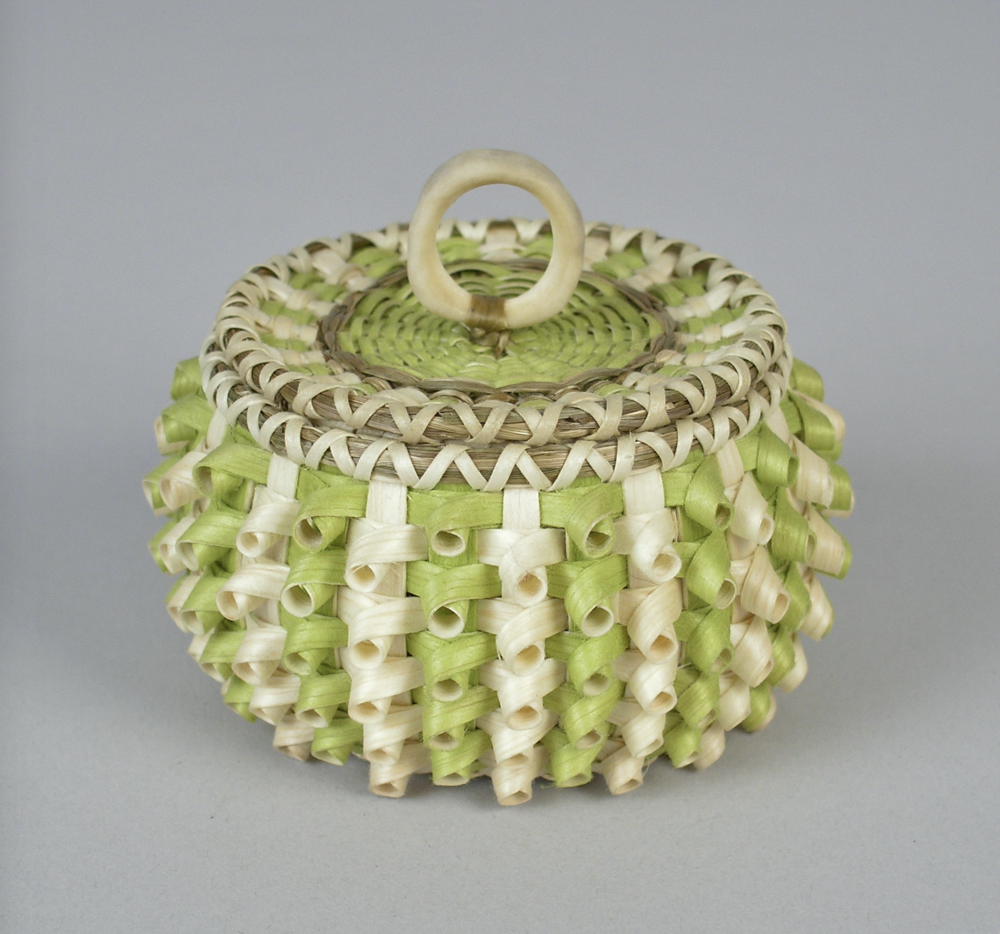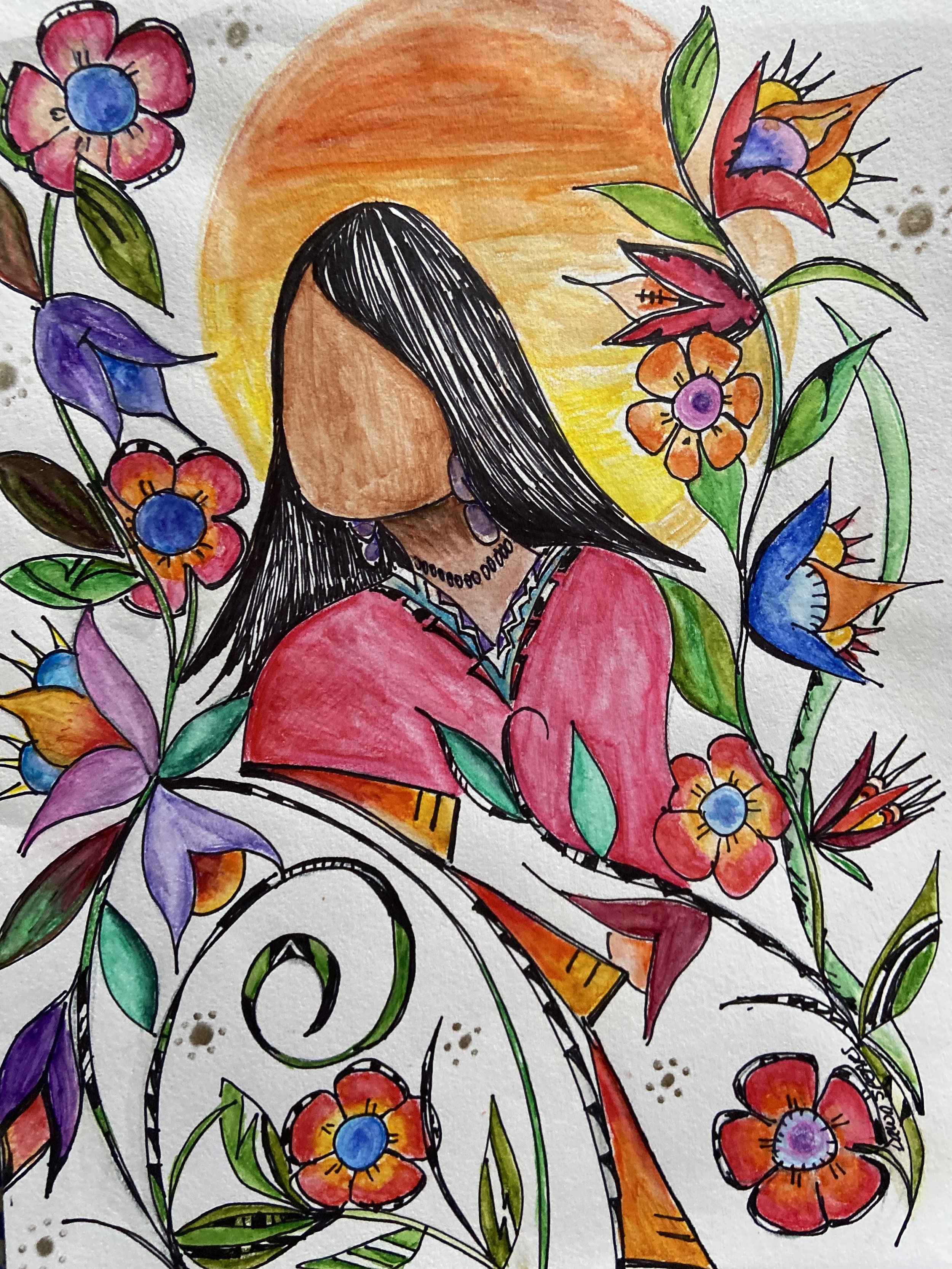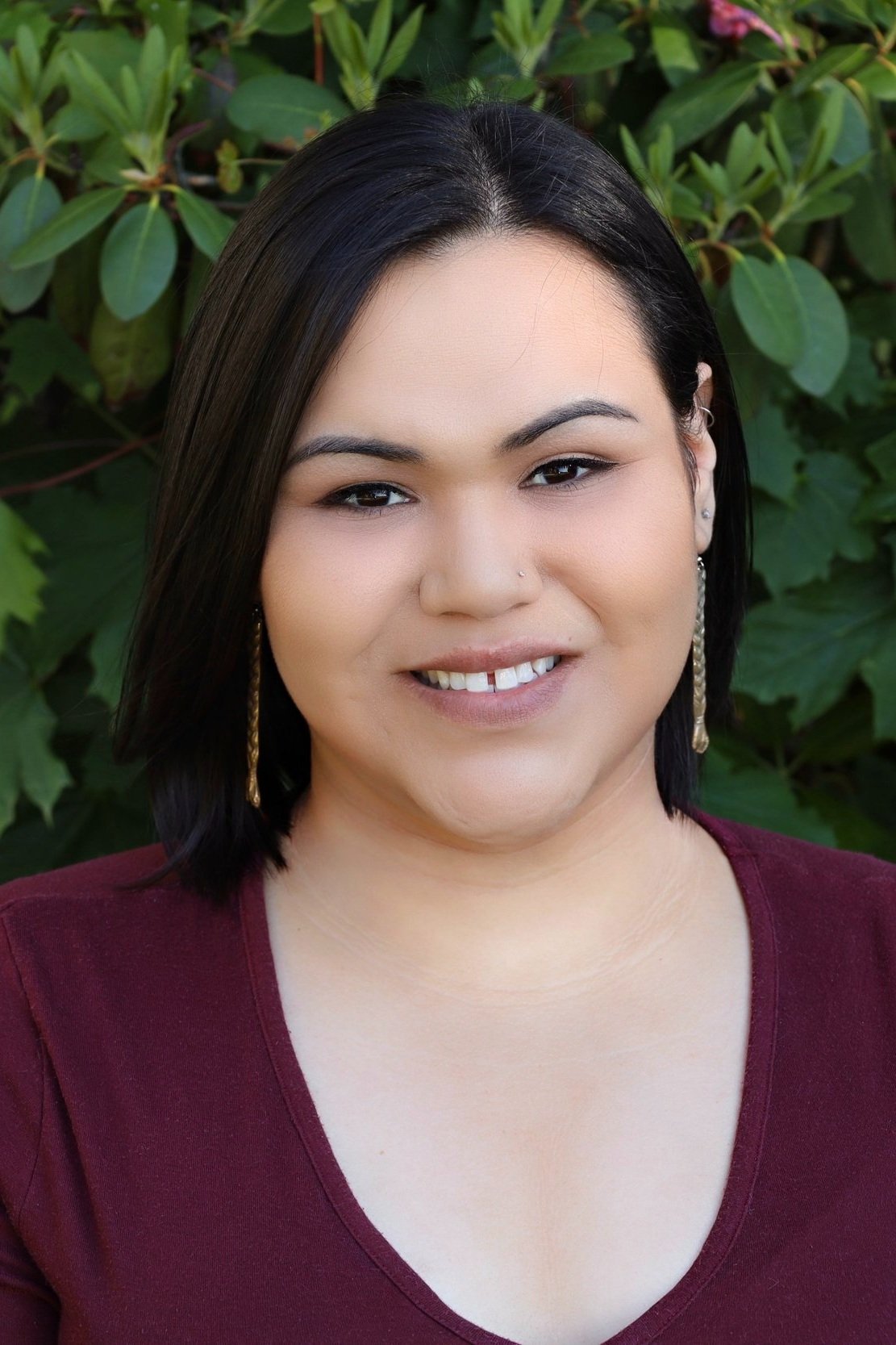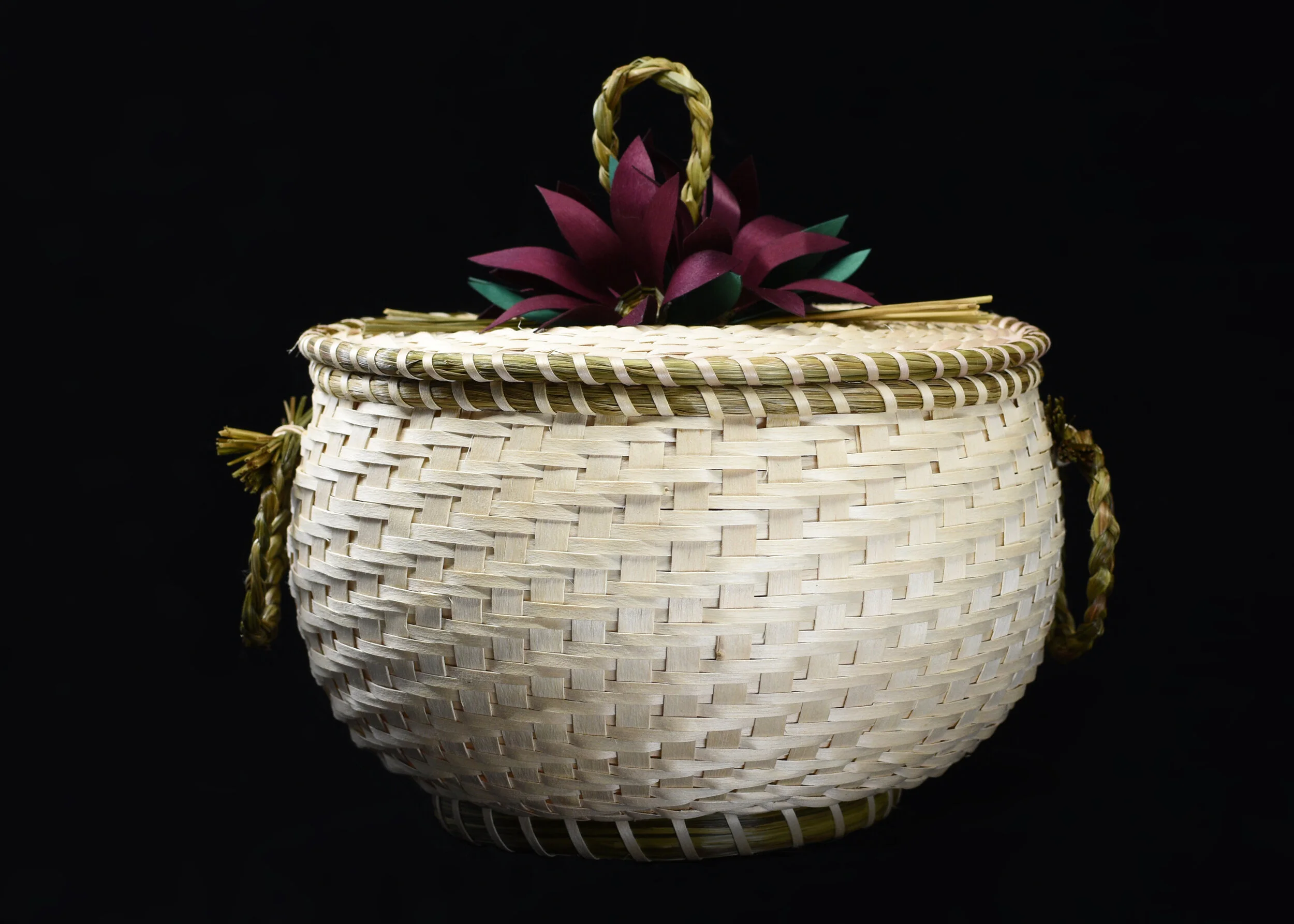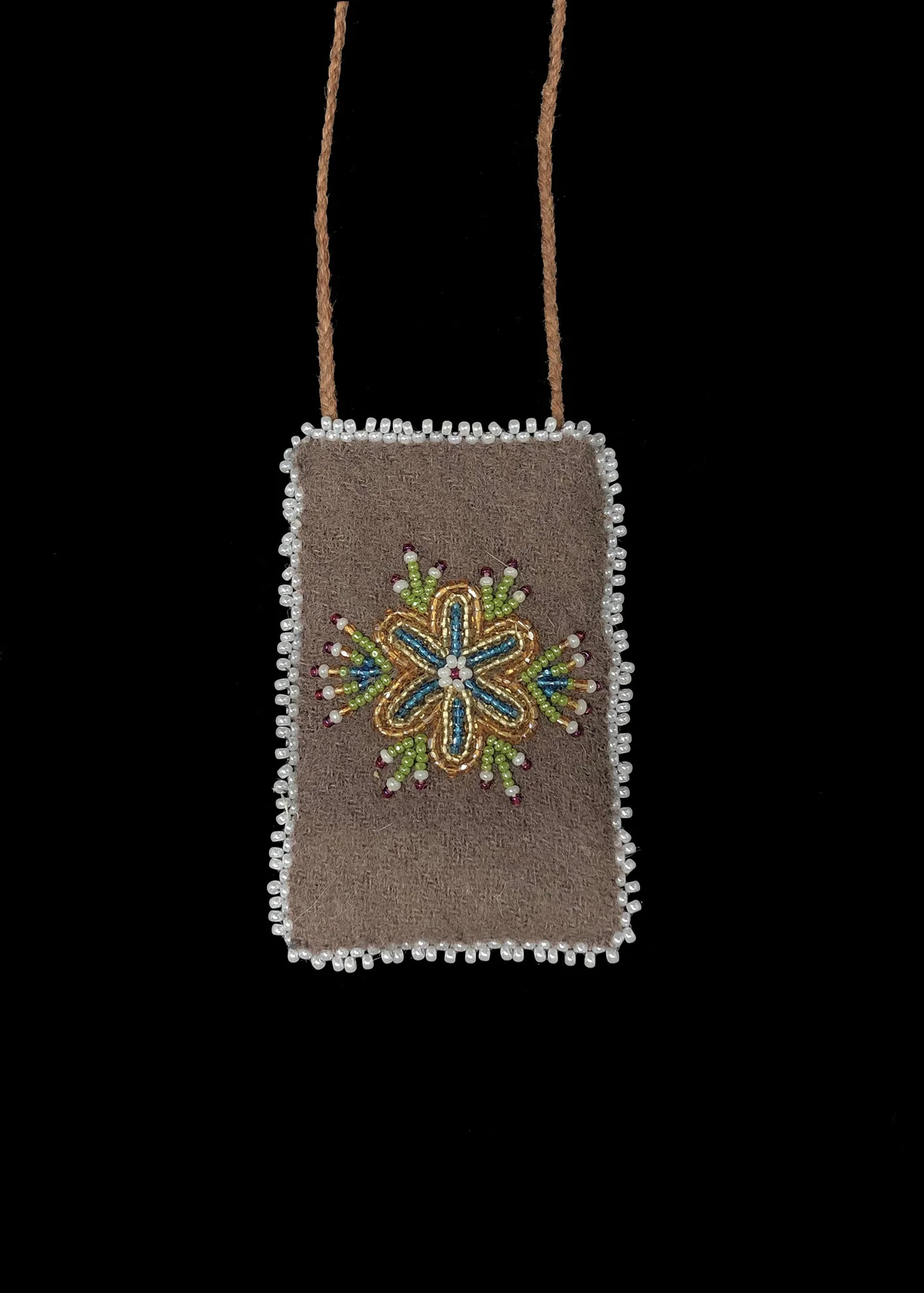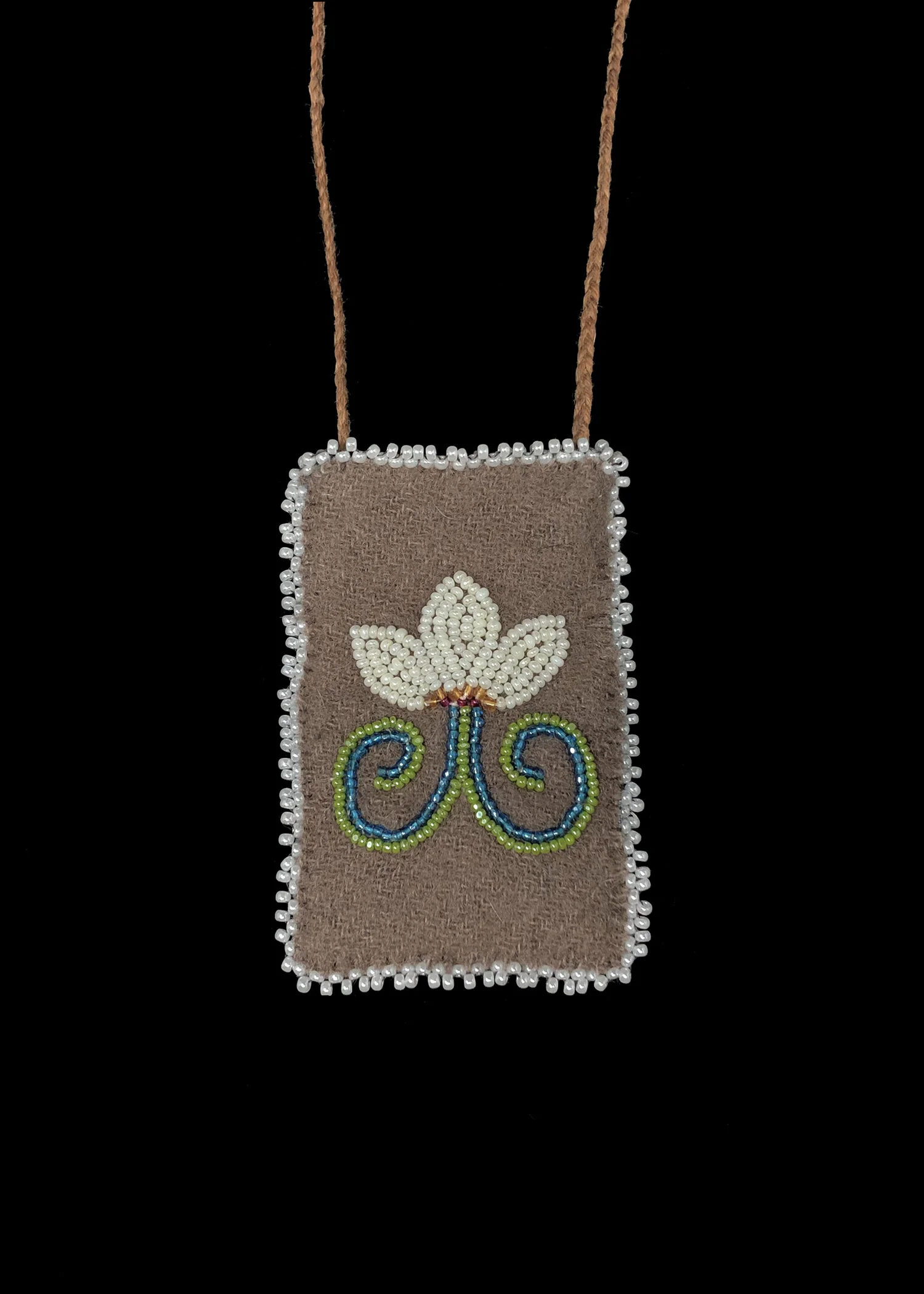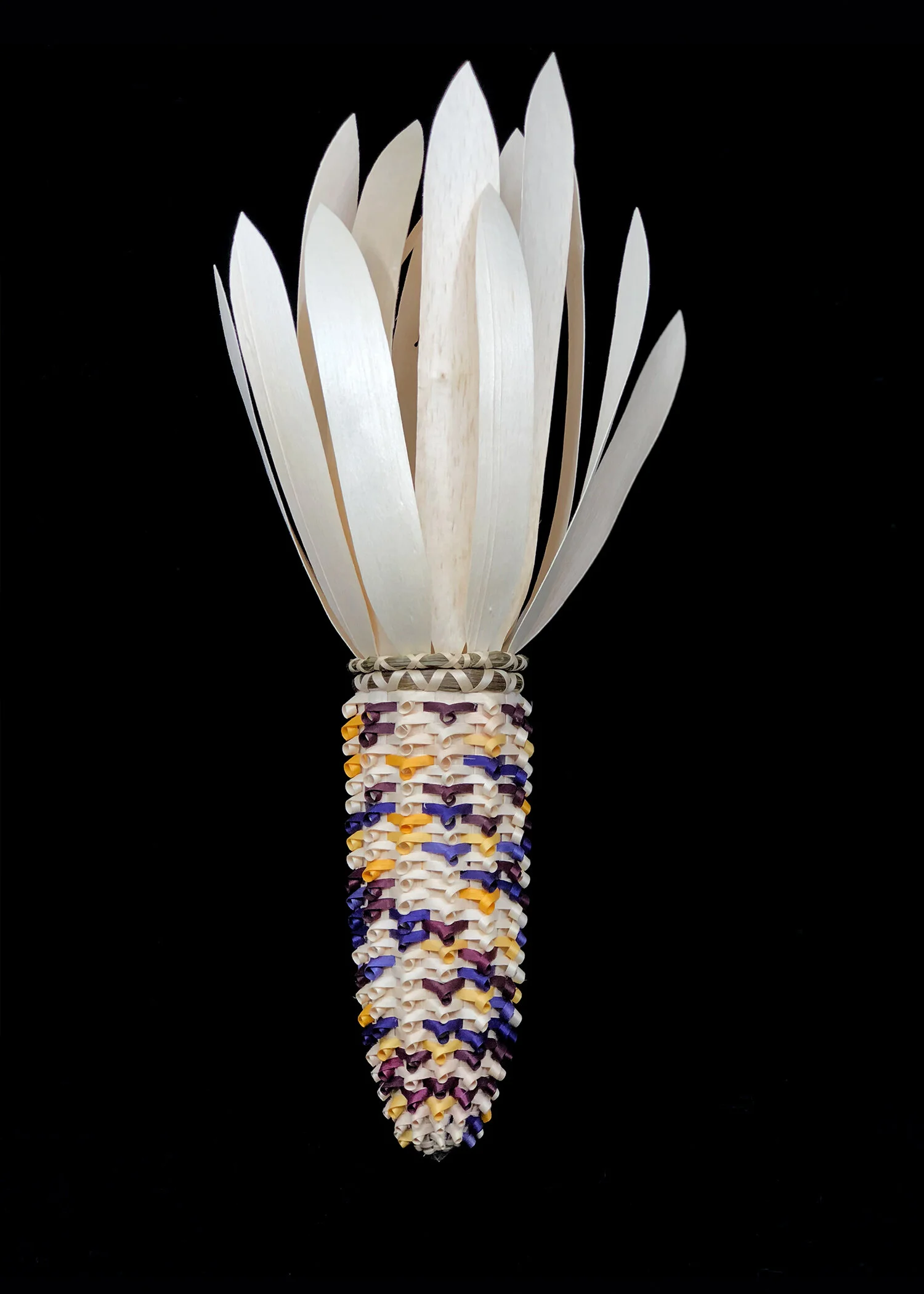Lokotah Sanborn
/TRIBAL AFFILIATION: Penobscot Descendant
MEDIUM: Diverse Arts
ARTIST STATEMENT
I utilize a variety of mediums in my work to challenge the colonial gaze that denies Wabanaki modernity. Through archival documents, photo, video, and audio I showcase Wabanaki history, contextualize Wabanaki present, and inspire our futurisms. My work exposes the byproducts of capitalist systems through themes of alienation and the surreal, foregrounded by the continued perseverance, hope, and adaptation of the Wabanaki people.
BIOGRAPHY
Lokotah Sanborn is an interdisciplinary artist of Penobscot descent. His art, which spans film, music, graphic design, and photography, celebrates the perseverance and power of the Wabanaki people amid ongoing resistance. Lokotah's art is informed by years of community organizing for Wabanaki land return, cultural continuity, and Tribal sovereignty.
Lokotah works for Sunlight Media Collective, an organization of indigenous and non-indigenous media makers documenting stories at the intersection of Wabanaki rights and environmental justice.
He is a Tribally-certified artisan by the Penobscot Nation under the Indian Arts and Crafts Act.

